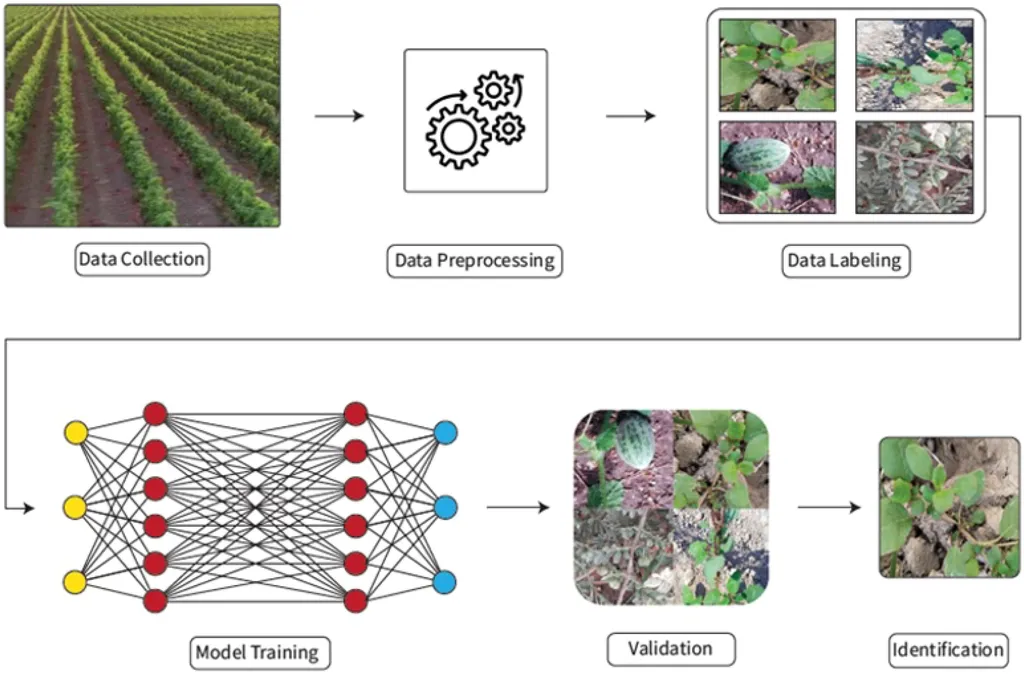In the heart of India’s agricultural powerhouse, Punjab, a groundbreaking study led by Nisha Sharma from the University Institute of Computing at Chandigarh University is revolutionizing how we monitor and manage agricultural lands. By harnessing the power of deep learning and remote sensing, Sharma and her team have developed a Hyper-tuned Deep Neural Network (Hy-DNN) model that promises to redefine agricultural land mapping and, by extension, the energy sector’s reliance on biofuels and agricultural byproducts.
The study, published in the journal ‘Land’ (translated from German as ‘Land’), leverages multispectral data from Sentinel-2 and Landsat-8 satellites, processed on the Google Earth Engine platform. The Hy-DNN model classifies land into four crucial categories: agricultural land, vegetation, water bodies, and built-up areas. This level of detail is vital for crop monitoring, land management, and sustainable development, areas that are increasingly important as the world grapples with climate change and food security.
Sharma explains, “Our Hy-DNN model outperformed traditional classifiers like Random Forest and Naive Bayes, achieving an overall accuracy of 97.60% with Sentinel-2 data and 91.10% with Landsat-8 data.” This superior performance opens up new possibilities for precision agriculture, where data-driven decisions can optimize crop yields and reduce resource waste.
The implications for the energy sector are significant. As the world shifts towards renewable energy sources, biofuels derived from agricultural crops are becoming increasingly important. Accurate land use and land cover (LULC) mapping can help identify suitable areas for biofuel crop cultivation, ensuring that agricultural practices are sustainable and do not compromise food security.
Moreover, the ability to monitor crop health and diagnose diseases early can prevent crop failures and ensure a steady supply of biomass for biofuel production. “This technology can be a game-changer for strategic agricultural planning and crop health monitoring,” Sharma adds.
The study also highlights the potential for hyperparameter optimization in improving the performance of deep neural networks. By fine-tuning the model’s parameters, the researchers achieved unprecedented accuracy, setting a new benchmark for agricultural land mapping.
As we look to the future, the integration of advanced machine learning algorithms with remote sensing data holds immense promise. It could lead to more efficient land use planning, better resource management, and more sustainable agricultural practices. For the energy sector, this means a more reliable and sustainable supply of biofuels, contributing to a greener and more energy-secure future.
In the words of Sharma, “This is just the beginning. The potential applications of this technology are vast, and we are excited to explore them further.” As we stand on the brink of a new era in agricultural technology, one thing is clear: the future of farming is data-driven, and the benefits will extend far beyond the fields, reaching into the heart of our energy systems.

